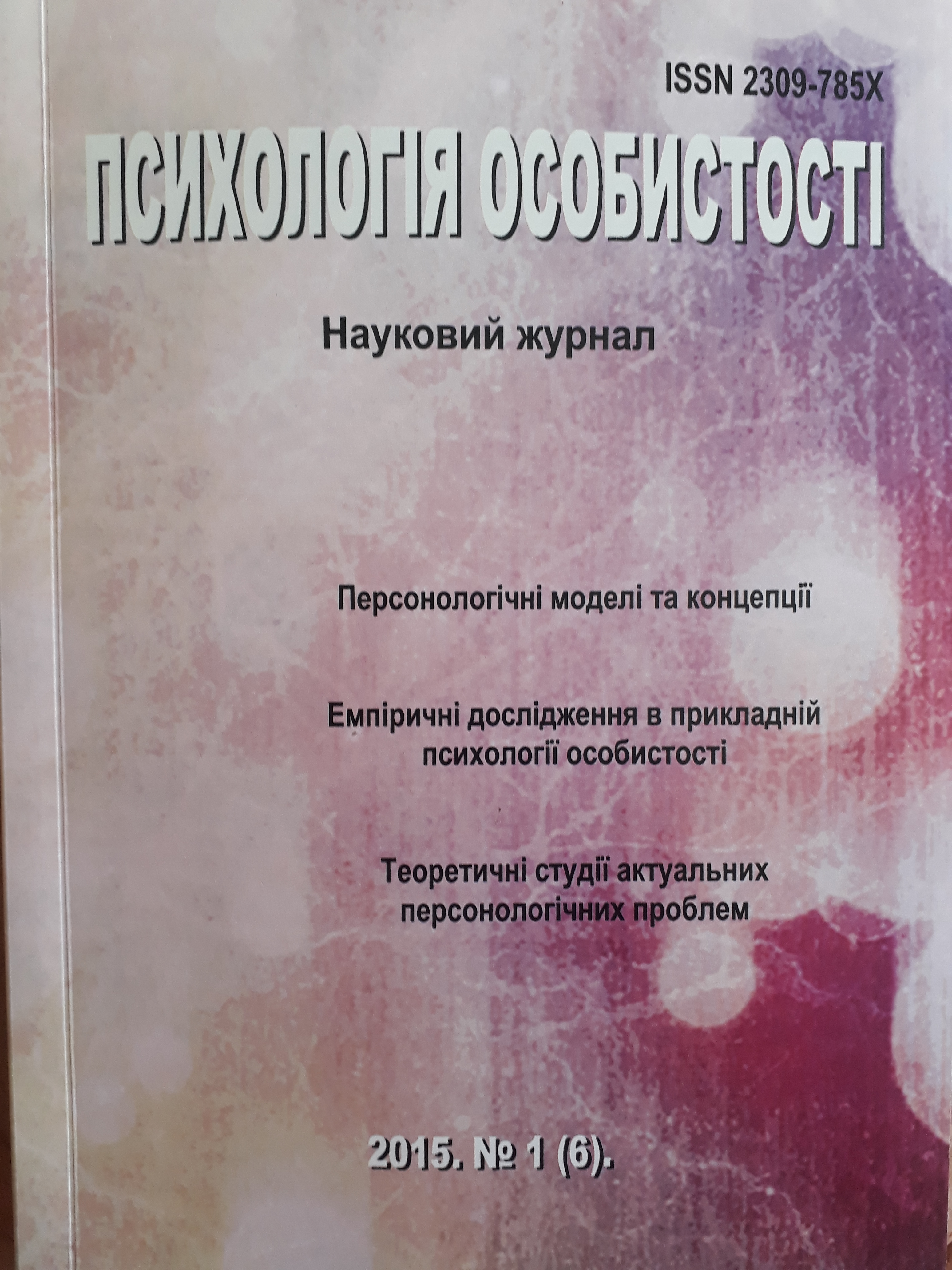ВИВЧЕННЯ ОСОБИСТІСНОЇ МОТИВАЦІЇ В ПРОЦЕСІ ЗДОБУТТЯ ПЕРШОЇ ТА ДРУГОЇ ВИЩОЇ ОСВІТИ
DOI:
https://doi.org/10.15330/ps.6.1.215-223Анотація
Запропоновано простий метод для порівняння результатів тесту Т. І. Ільїної, тсту С. М. Петрової й анкет з рейтинговою оцінкою при вивченні мотивації здобуття першої та другої вищої освіти. Суть методу полягає в приведенні даних до 5-рівневої шкали, що відповідає 5-рівневій піраміді потреб А. Маслоу. Для дослідження були обрані групи студентів фізико-математичного факультету 1, 2 і 3 курсів денного відділення ХНПУ ім. Г. С. Сковороди (48 осіб, і група слухачів Інституту післядипломної освіти, що здобуває другу вищу освіту в тім же університеті на денному відділенні (30 осіб). Порівняння особистісної мотивації груп респондентів дозволило виявити розходження в домінуючому мотиві навчання й зміну співвідношення між дефіцитарними та метапотребами для різних груп. Результати проведеного дослідження дозволяють запропонувати описаний метод як для порівняння результатів, так і для додаткової інтерпретації інших тестів і анкет при вивченні мотиваційної сфери особистості. Такий підхід може бути використаний в аксіологічних дослідженнях.
A simple method for comparing the results of the T.I. Il’yna test, the S.M. Petrova test and the rating questionnaires used to study the motivation for the groups of the underclassmen and attendees educated at a high school for a second degree is presented. The essence of the method is the reduction of the test data to the 5-level scale that is correspond to the 5-level Maslow’s hierarchy of needs, i.e. to the Maslow’s pyramid. The 1, 2 and 3 course student groups of the Department of Physics and Mathematics of Kharkov National Pedagogical University n.a. H.S. Skovoroda (48) and the group of the attendees educated at a high school for a second degree at the day-time form of learning at the same university (30) were selected for the study. The changing of the dominant motive and the deficit-“meta-needs” ratio under comparing the personal motivation of the respondent groups was revealed. The results of the study allow us to suggest the described method both for comparing the results and for the additional interpretation of other tests and questionnaires in the various studies of the motivational personality sphere. This approach can be used in the axiological studies.

